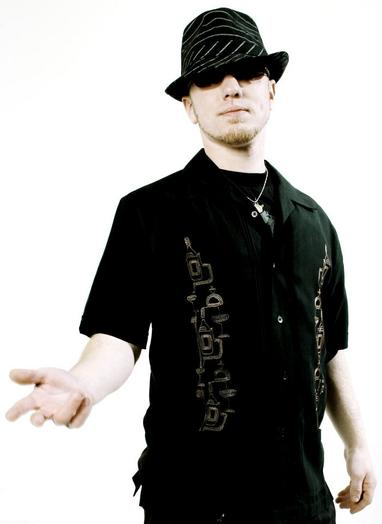"Enter Your Business Name Here"
Tracking
This is the real thing. From the Drums, I layer Bass, Guitar, Keyboard, through to the Vocal, backup vocals, and percussion using care and precision to capture the best possible sound for the recording of each individual part. This is where overdubbing and layering comes in to play to make sure that the musical message is conveyed the way the artist hears it. After hearing everything together, then we add that extra little something that may be needed to make the song a smash!
This is the real thing. From the Drums, I layer Bass, Guitar, Keyboard, through to the Vocal, backup vocals, and percussion using care and precision to capture the best possible sound for the recording of each individual part. This is where overdubbing and layering comes in to play to make sure that the musical message is conveyed the way the artist hears it. After hearing everything together, then we add that extra little something that may be needed to make the song a smash!
Scratch Tracks (live tracking)
It is always best to capture the live feel of a song by doing a live recording called "scratch tracks" because they are not used in the final production. The drummer will typically listen to a click track (metronome) to make sure the song does not fluxuuate tempo. These tracks serve as a guide for the other parts to be overdubbed one at a time during the tracking process.
It is always best to capture the live feel of a song by doing a live recording called "scratch tracks" because they are not used in the final production. The drummer will typically listen to a click track (metronome) to make sure the song does not fluxuuate tempo. These tracks serve as a guide for the other parts to be overdubbed one at a time during the tracking process.
Services
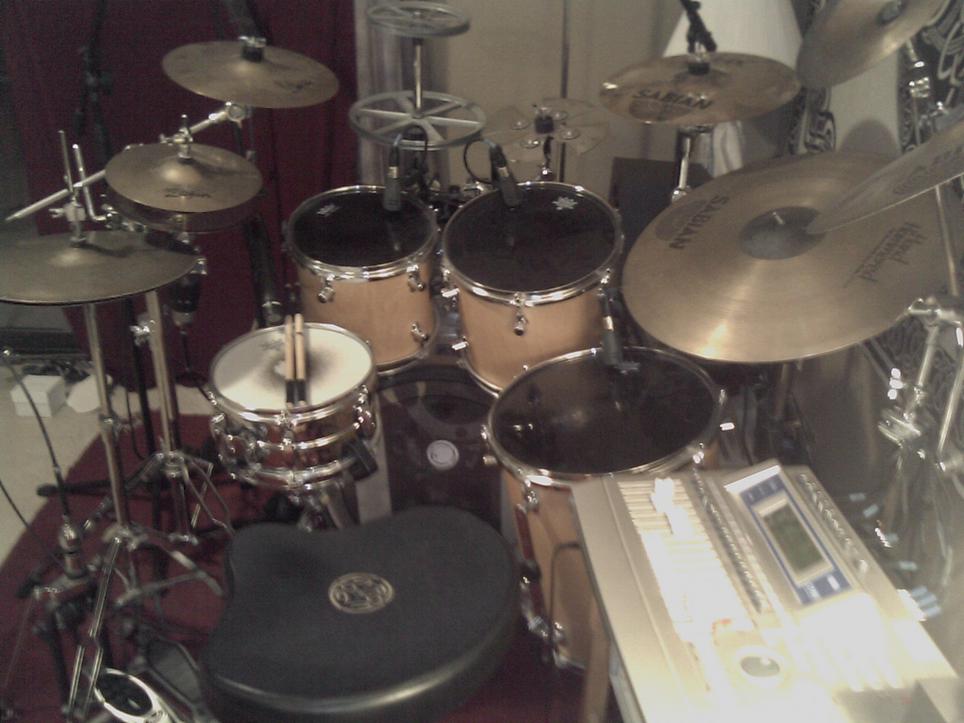
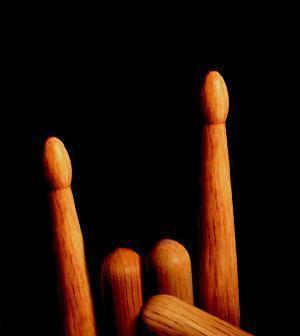
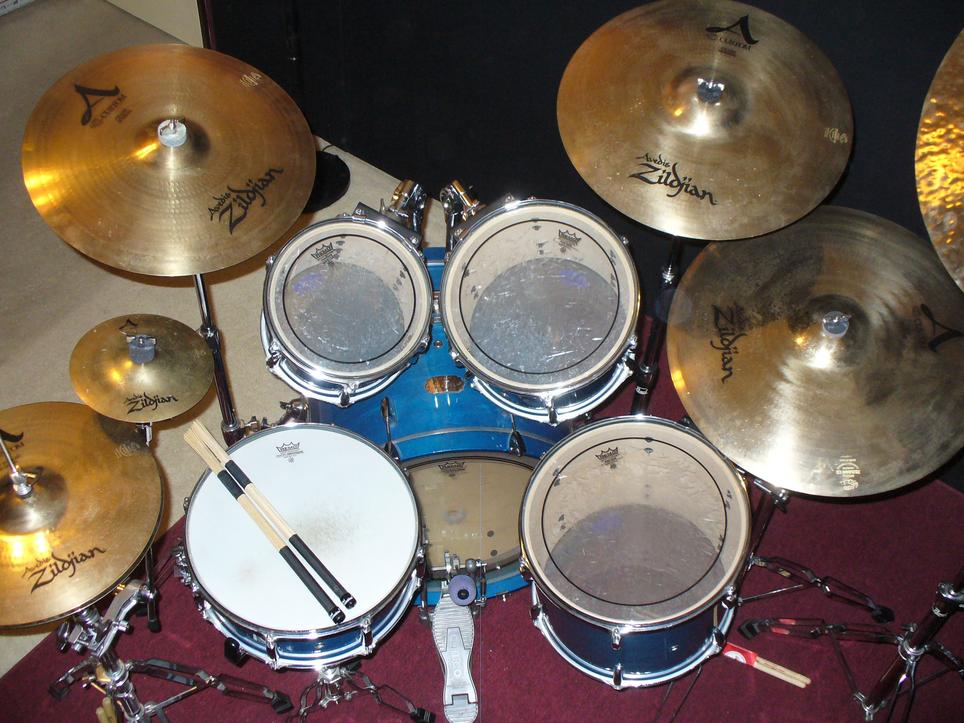
Pre-Production Recording
This is the simplest to do, and possibly the most important stage of song development. Tracking ideas and seeing how parts fit together is hugely beneficial to players who need to hear their music from a listeners standpoint. This is also where the tempo gets dialed in and the click track is set for the scratch tracks.
This is the simplest to do, and possibly the most important stage of song development. Tracking ideas and seeing how parts fit together is hugely beneficial to players who need to hear their music from a listeners standpoint. This is also where the tempo gets dialed in and the click track is set for the scratch tracks.



The studio is one of the environment where I thrive! There is nothing like making musical history, creating a tangible art form that can be perfected through the ears and minds of the players and listeners
. I operate my own project studio and use it mostly for laying ideas down and recording production sessions. I have recently optimized my studio to facilitate larger projects. The ability to lay down scratch tracks and do multi-track studio recordings is now a reality.
Layering
Layering is used to make key melodies stand out in the mix with a compliment of second, third, (and sometimes more) guitar parts. This is to get the best tone possible and use the full dynamic spectrum to get the sound you want to the listener.
Layering is used to make key melodies stand out in the mix with a compliment of second, third, (and sometimes more) guitar parts. This is to get the best tone possible and use the full dynamic spectrum to get the sound you want to the listener.
Overdubbing
After tracking all of the instrumentation, care is taken to make sure that there are no pitch or timing issues, and the parts and transitions are tight. This is where solos are scrutinized and perfected to demonstrate the best of your musical prowess.
After tracking all of the instrumentation, care is taken to make sure that there are no pitch or timing issues, and the parts and transitions are tight. This is where solos are scrutinized and perfected to demonstrate the best of your musical prowess.
Reference
This phase of the recording process is to make sure that we tracked every part and captured every nuance that goes in to the song. This is the point of no return for the session before mix-down begins.
This phase of the recording process is to make sure that we tracked every part and captured every nuance that goes in to the song. This is the point of no return for the session before mix-down begins.
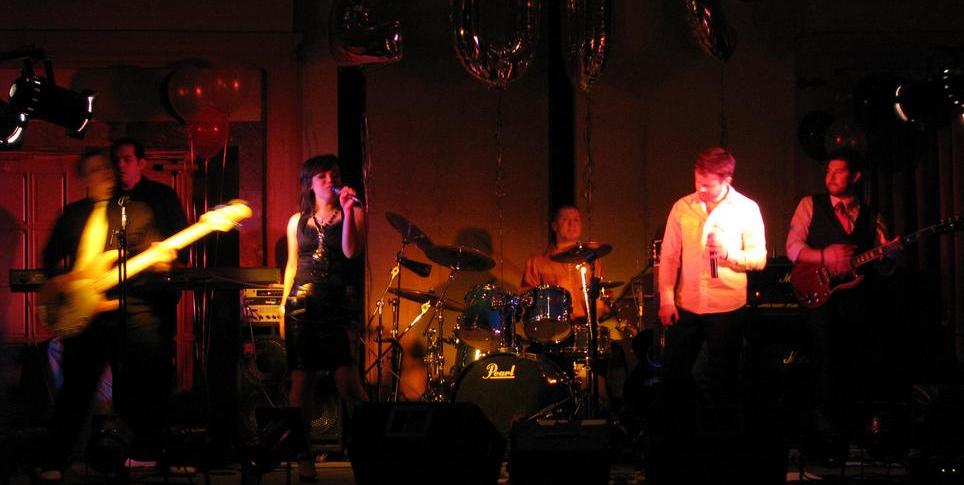
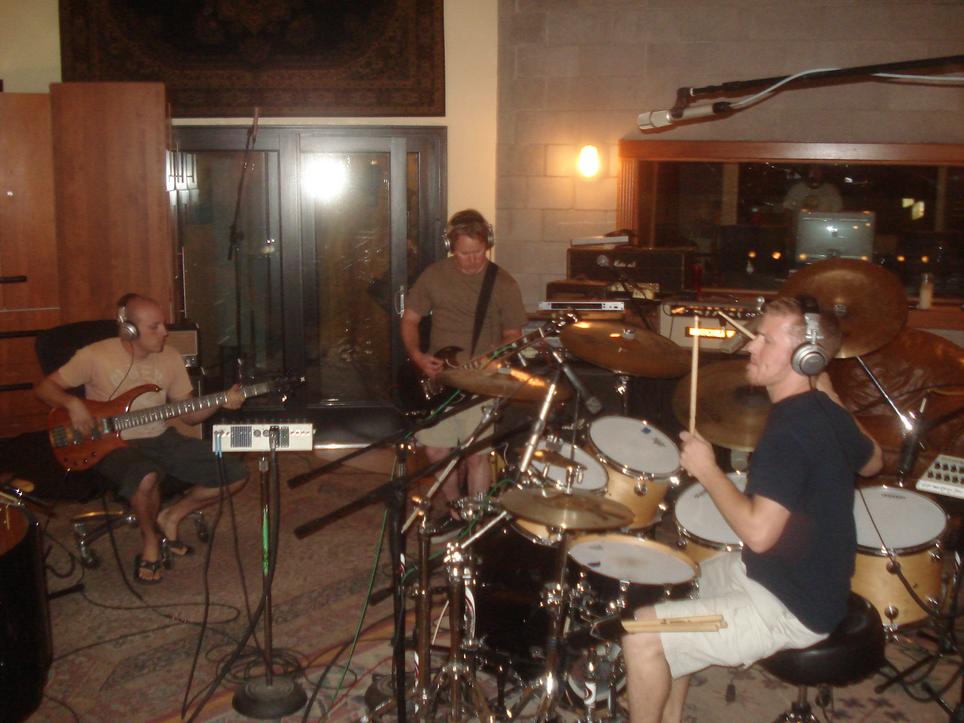
Mobile Recording
I use 3 different digital multitrack machines to capture up to 20 live tracks simultaneously! I am able to set up and track in any rehearsal studio or stage. This makes for effective and easy scratch tracks or even a live demo recording that represents just what the band sounds like without any studio effects or techniques.
I use 3 different digital multitrack machines to capture up to 20 live tracks simultaneously! I am able to set up and track in any rehearsal studio or stage. This makes for effective and easy scratch tracks or even a live demo recording that represents just what the band sounds like without any studio effects or techniques.
As busy as I have been recording, I enjoy letting an engineer take the control room and let me focus on making the music.
Now in the Studio with
Darkness Dear Boy,
self-producing our first album at
Telkon Studios
Darkness Dear Boy,
self-producing our first album at
Telkon Studios
Mixing
This is where the parts congeal in to one sound and the skillful ears and technical savoy of the engineer shine. All of the individual parts are mixed down to stereo tracks. That's one for each ear for those of you keeping count. This is the final stage for the band and the recording engineer in most demo situations.
This is where the parts congeal in to one sound and the skillful ears and technical savoy of the engineer shine. All of the individual parts are mixed down to stereo tracks. That's one for each ear for those of you keeping count. This is the final stage for the band and the recording engineer in most demo situations.
Mastering
An album that will be releases for sale is then taken in to a mastering studio to make sure that the full frequency spectrum is covered and the stereo tracks are optimized to sound the best it can on any sound system.
An album that will be releases for sale is then taken in to a mastering studio to make sure that the full frequency spectrum is covered and the stereo tracks are optimized to sound the best it can on any sound system.
The Studio Recording Process
www. Aaron Bland .com
Performance Teaching Recording Development
